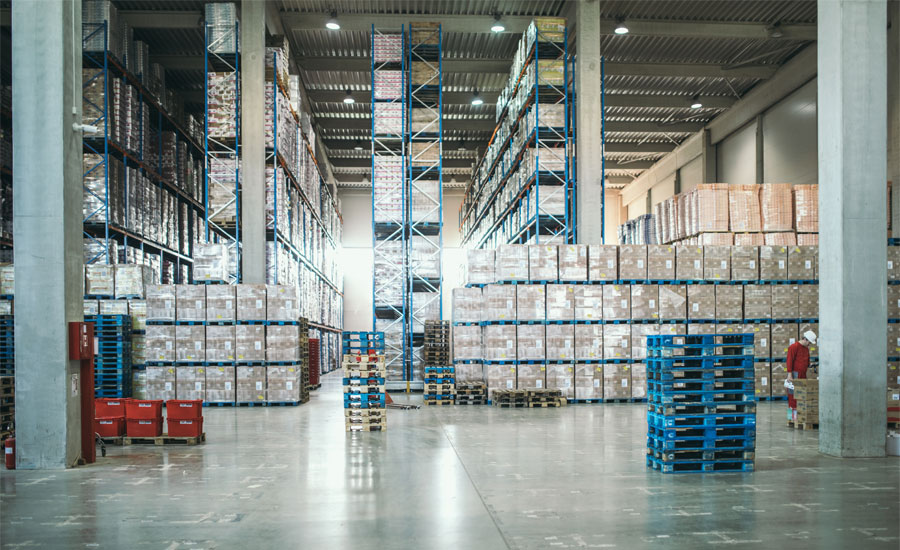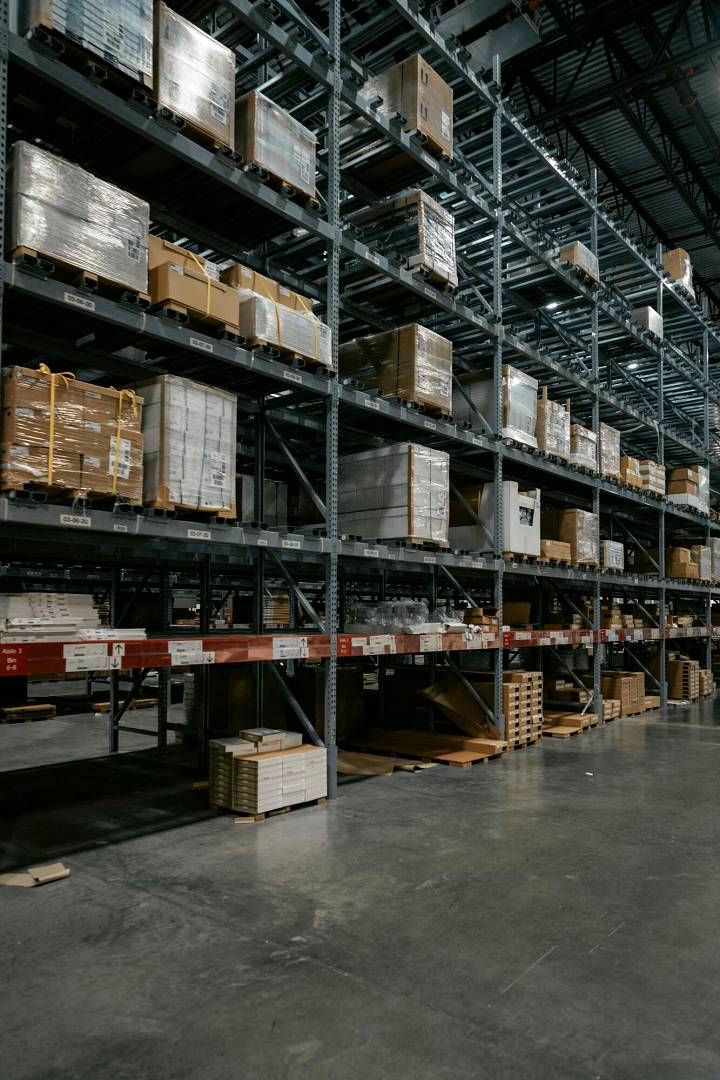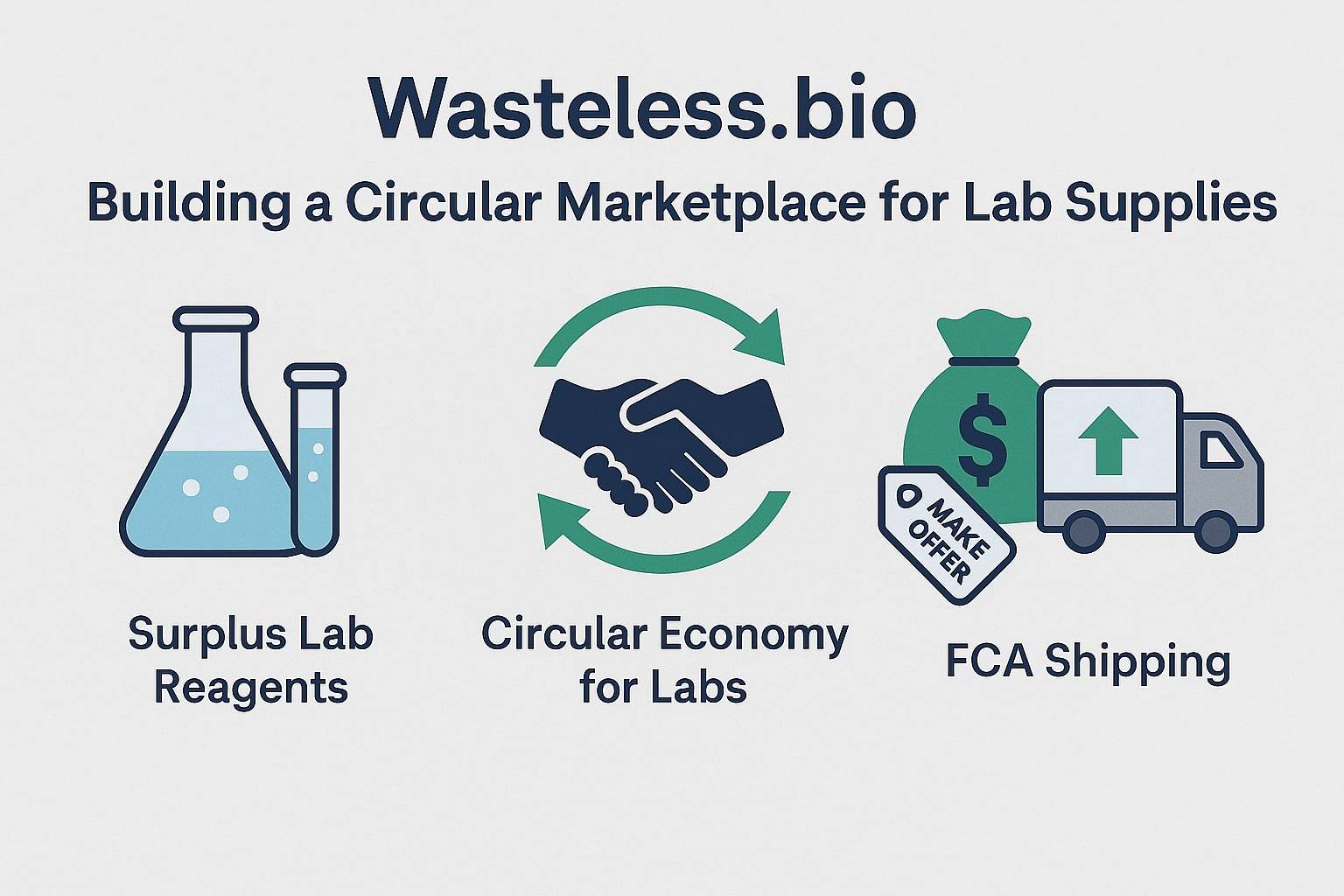Food storage warehouses can face many challenges when it comes to storing food. Food can easily deteriorate and decay if not properly cared for or kept in safe and prescribed conditions. When storing food in warehouses, several hazards can compromise its quality, safety, and integrity. These hazards can have serious consequences, from temperature control issues to pest infestations. One bad fruit can impact all others, and such storing operations come with huge costs. In the matter of food decaying, it can cost a firm dearly. Therefore, it is important to understand the main hazards that can generate problems in food storage warehouses. Understanding these hazards would make it much easier for you as an employer to take effective control measures against them. In this blog, we will explore the top five hazards associated with storing food in warehouses and discuss preventive measures to ensure food safety.
Top six hazards
- Improper temperature control
Inadequate temperature control poses a significant risk to stored food. When the temperature is not properly regulated, it can lead to spoilage, bacterial growth, and the proliferation of pathogens. Each type of food requires different temperatures to remain fresh. Such as bread and wheat products would require a mild, cold, and moist atmosphere to survive in, while some exotic fruits would require very cold and dry temperatures to remain fresh. To prevent these issues, warehouses must ensure that temperature monitoring systems are in place and functioning effectively. Regular checks and maintenance of refrigeration units and temperature-sensitive areas are crucial to maintaining the quality and safety of stored food.
- Stacking and overloading
Improper stacking and overloading of storage shelves or pallet racks can have disastrous consequences. If shelves are not properly designed or overloaded, there is a high risk of collapses, which can result in falling objects and potentially cause injuries to workers. These injuries can be minor, such as cuts and bruises, to major injuries, like fractures. Warehouse operators should enforce strict guidelines on proper stacking techniques and weight limits and regularly inspect the structural integrity of storage systems to prevent accidents. It is also worth covering the potential risks involved in the movement and transportation of foods to and from storage in a warehouse. Mobile bins on wheels are ideal for safely and effectively transporting contents with ease, which can minimize risks of injury or damaged products.
- Working at height
In some warehouse settings, workers may need to perform tasks at elevated levels, such as stacking or retrieving products from high shelves or conducting maintenance work. Working at height poses its own set of risks and hazards. Falls from heights can cause severe injuries or even fatalities. Falls from heights can pose major threats to the health and safety of the workers, and therefore, employers should implement appropriate control measures to minimize the risk of falls from heights. Warehouse operators must provide appropriate training on working at heights, including using fall protection equipment like harnesses and lanyards. However, this safety equipment, like harnesses and lanyards, can be quite complicated, and many workers won’t be familiar with maximizing their safety with such equipment. For such, employers can provide their staff with education courses like harnesses and lanyard training, allowing them to grasp better how to maximize their safety while at height and ensure their well-being. Other precautions include regular inspections of elevated work areas, installation of guardrails, and adherence to safety protocols are essential to ensure the well-being of workers. All these control measures are essential for compliance with working-at-height regulations.
- Slips, Trips, and Falls
Slippery floors, cluttered aisles, and inadequate lighting are common warehouse hazards that can lead to accidents, especially when dealing with food storage areas. Warehouse operators should prioritize proper housekeeping practices, including regular cleaning, promptly addressing spills, and ensuring proper lighting throughout the facility. Additionally, implementing anti-slip flooring solutions, using caution signs, and providing appropriate footwear can significantly reduce the risk of slips, trips, and falls.
- Chemical contamination
Chemical contamination is a serious concern when storing food in warehouses. Labelling, storing, and handling chemicals is crucial to prevent contamination. Cleaning agents, pesticides, and other hazardous substances must be stored separately from food items to avoid accidental mixing. Warehouse staff should receive adequate training like food safety training which helps them understand the safe use and storage of food away from possible threats like chemicals and toxins. As even a little exposure to such chemicals and harmful materials can destroy huge batches of food, every worker handling food must undergo proper training, ensuring they are competent enough to perform their designated work.
- Pest Infestation
Pests such as rodents, insects, and birds significantly threaten stored food. They can contaminate food products, leading to health hazards and potential recalls. Implementing effective pest control measures is essential in warehouses storing food. Regular inspections, sealing entry points, proper waste management, and using pest deterrents help minimize the risk of infestations and protect the integrity of stored food.
Conclusion
Maintaining food safety in warehouses is of utmost importance to prevent spoilage, contamination, and health hazards. By addressing hazards such as improper temperature control, stacking and overloading, pest infestations, slips and falls, and chemical contamination, warehouse operators can ensure the integrity and quality of stored food. Furthermore, when working at heights is involved, proper training and adherence to safety protocols become critical to mitigating the risks associated with elevated tasks. By prioritizing safety measures and implementing preventive strategies, warehouses can create a secure environment for storing food and contribute to maintaining a safe and healthy supply chain.











